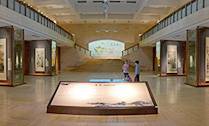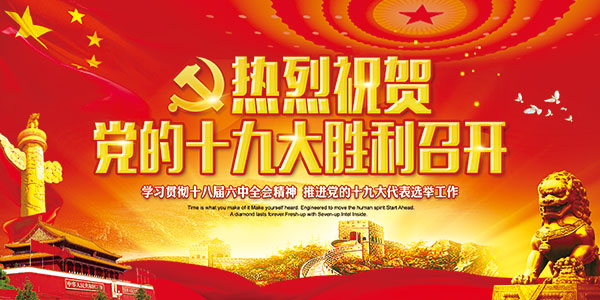Riding the Wind: Horse Paintings of All Dynasties Collected by Guangzhou Museum of Art Celebrating the Spring Festival
Release time:14-02-12
Riding the Wind: Horse Paintings of All Dynasties Collected by Guangzhou Museum of Art Celebrating the Spring Festival
Tamed by man four thousand years ago, horse has become man’s helpful assistant as well as loyal friend.
In China, people also raised and tamed horse for a very long time. Horse was a major tool for agricultural production, transportation and warfare in ancient times, which was irreplaceable in the development of history. As quoted by Ma Yuan of the Eastern Han Dynasty, “Dragon dominates the sky while horse dominates the earth. Horse is the core of the army and the basis of the country.” Although they play less important roles in our modern lives, horses always remind us with their vigorous figures.
Horse has essential significance in Chinese culture. As one of the twelve Chinese horoscopes, horse corresponds to the Earthly Branch of “Noon”. Ancient Chinese believed that at noon (11am to 1pm), energy of the earth rises to the top when a heavenly steed soaring across the sky. Horse represents strength, domestication, diligence and loyalty. The poet Li Ying of Tang Dynasty once commented something “as vital as a dragon and a horse”. Ever since then, the phrase “as vital as dragon and horse” turned into a synonym for the Chinese national spirits of tenacity and hard-work. Similarly, a swift horse is used to describe a talented person. In Chinese, there are auspicious idioms connecting with the word “horse”, such as: gallant horse galloping, ten thousand horses stampeding, horse being in the forefront, and horse winning instant success. Moreover, being very influential in Chinese culture, horse has many aliases in Chinese language including Ju, Cong, Qiji, Hualiu etc.; also we have numerous interesting proverbs related to horse including the following: a heavenly steed soaring across the sky, an old horse knows the way, spur on the flying horse, looking at the flowers while passing on horseback, and so on. Nevertheless, famous horses ridden by super warriors in history are well-known among people, such as the Wuya Horse of Xiang Yu (232B.C.—202B.C.), the Chitu Horse of Lv Bu (?—199), the Lu Horse of Liu Bei (161—223), and the White Dragon Horse of Tang Seng (602—644).
Horse is a significant subject matter when it comes to traditional Chinese painting. Closely bonded to man’s life, horses being painted in the Tang and Song Dynasties were usually domesticated, which are called “saddled horses”, or categorized as “figures and saddled horses” if figures are also drawn in the same piece. Technically speaking, the meticulous method was adopted before the middle of the Qing Dynasty, while the “boneless skill” gradually became popular after the late Qing Dynasty when the Haishang Painting School was formed and prevailed. Celebrated horse painters included Han Gan of the Tang Dynasty, Li Gonglin (1049—1106) of the Song Dynasty, Zhao Mengfu (1254—1322) of the Yuan Dynasty, Zhang Mu (1808—1849) of the late Ming to early Qing Dynasties, Lang Shining (1688—1766) of the Qing Dynasty and Xu Beihong (1895—1953) of modern times. Han Gan often painted fine horses in the stalls with delicate strokes which showed off his superb technique; Li Gonglin was scrupulous about every detail, who was excellent in his skill; Zhao Mengfu painted in Tang style where simple and elegant strokes were adopted; Zhang Mu was fond of drawing battle horses with strong figures and powerful brushstrokes; being an Italian artist, Lang Shining combined Eastern with Western techniques, producing vivid and three-dimensional effects; last but not least, Xu Beihong rejuvenated traditional Chinese painting skills by absorbing the Western elements, and was well-versed in demonstrating the structure and mobility of the horse. Under their magical brushes, the horses become dynamic and extraordinary.
In the Year of the Horse, let’s appreciate the art, the majestic appearance and the spirit of horses.


 Party's mass line
Party's mass line Activity Booking
Activity Booking Hall of Fame
Hall of Fame Donation
Donation Construction
Construction